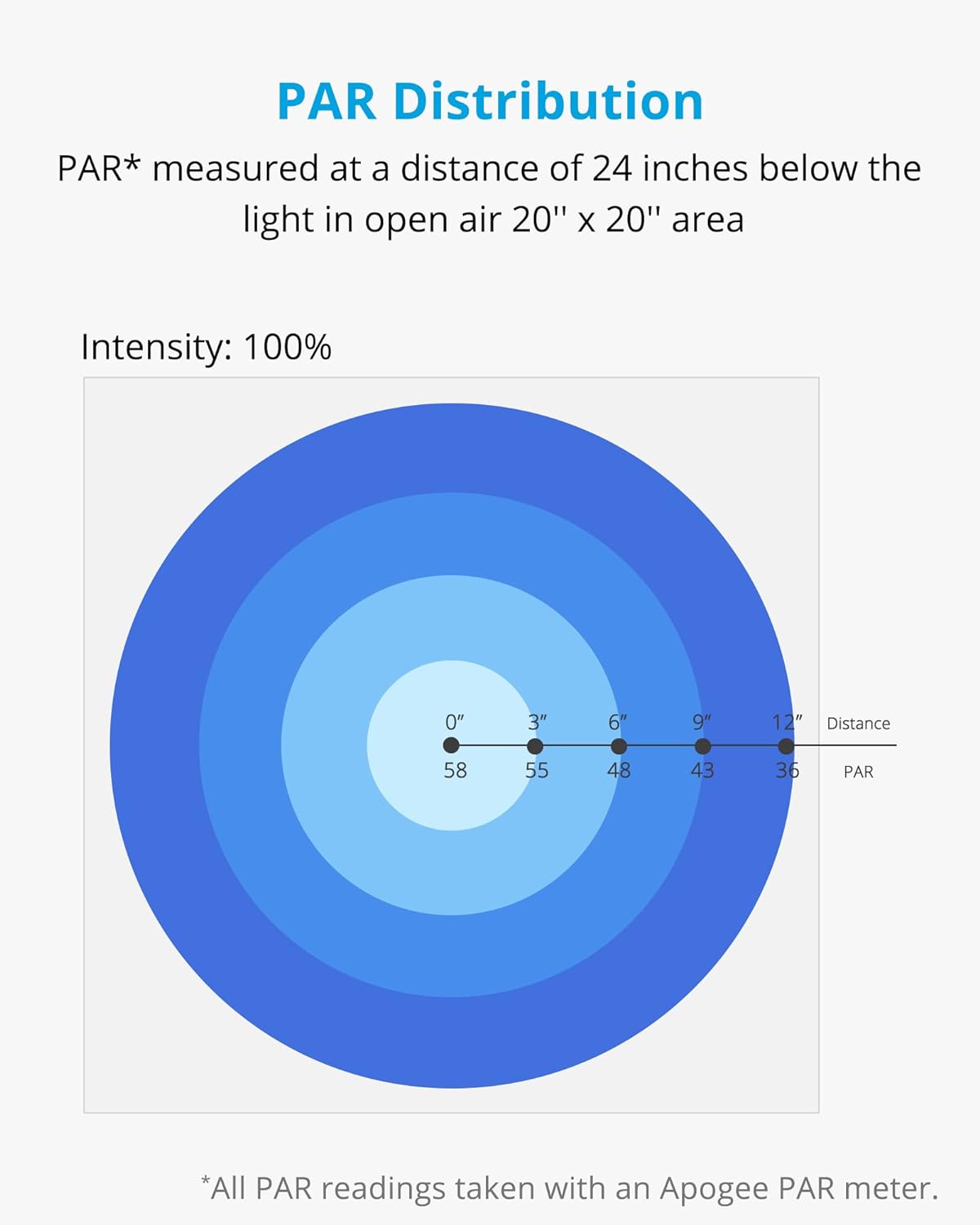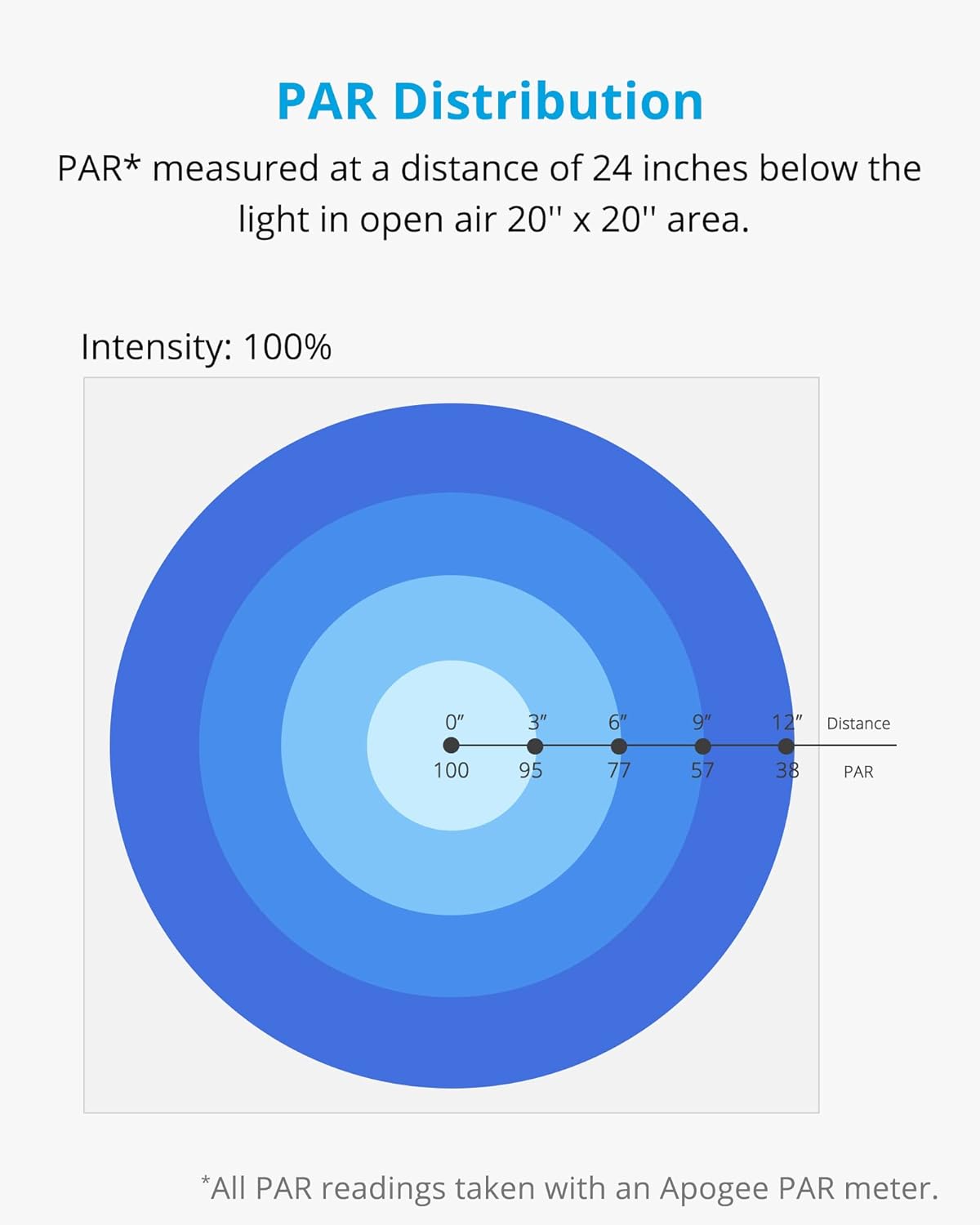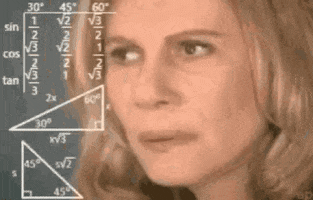Rookie reefer here!
Running a 15g with five frags: 3 zoa, 1 duncan, 1 candy cane
The zoas went in first. For the first few days, they weren't really opening much. I thought maybe the light was too strong, so I lowered it. (60% power, 10H including ramping) Then after a few days, they were opening just fine! Retroactively thinking, maybe this was because they needed additional time to acclimate to the new aquarium.
Duncan and Candy Cane went in later under the same conditions. I don't see any problems with them either.
It's been about a month. They're all looking pretty much the same. Opening and closing with the light. Some of the zoas look a little bigger, but I haven't seen any new polyps yet.
Would increasing the light power/time accelerate growth, or would it be risky to do that?
Running a 15g with five frags: 3 zoa, 1 duncan, 1 candy cane
The zoas went in first. For the first few days, they weren't really opening much. I thought maybe the light was too strong, so I lowered it. (60% power, 10H including ramping) Then after a few days, they were opening just fine! Retroactively thinking, maybe this was because they needed additional time to acclimate to the new aquarium.
Duncan and Candy Cane went in later under the same conditions. I don't see any problems with them either.
It's been about a month. They're all looking pretty much the same. Opening and closing with the light. Some of the zoas look a little bigger, but I haven't seen any new polyps yet.
Would increasing the light power/time accelerate growth, or would it be risky to do that?




















